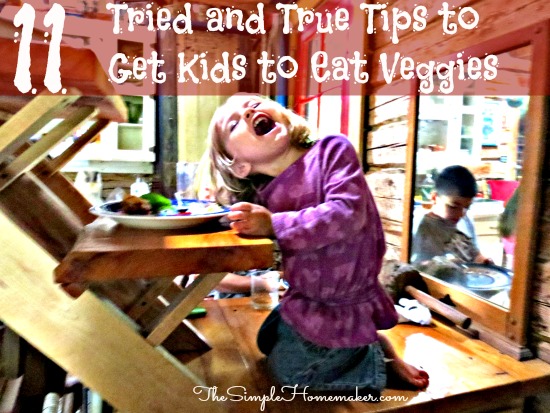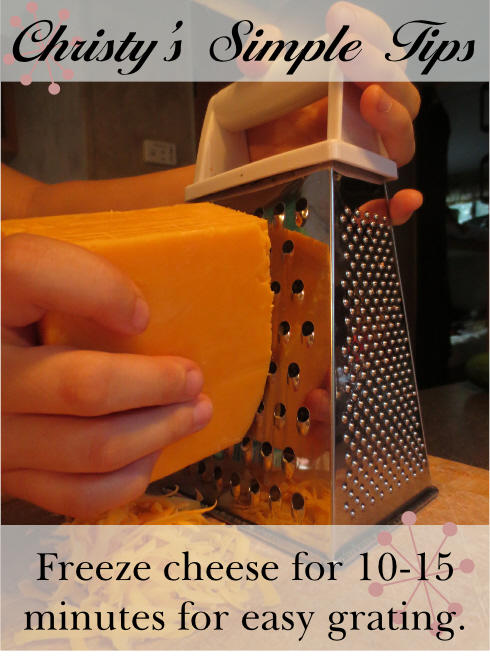This post contains affiliate links and an egg-frying technique. Beware.
Embarrassing Confession: Until last month I couldn’t fry a decent egg to save my family. Life wasn’t always so grim. I used to fry eggs just fine. I didn’t really know what I was doing, but that didn’t seem to matter. I had a pretty good egg-frying track record. I temporarily thought I was endowed with a little extra magic in the kitchen or maybe a bit of beginner’s luck. Then somehow, I lost my egg-frying abilities. It was a sad day fifteen years. I now know it wasn’t beginner’s luck or talent that landed the rare identifiable egg on my hubby’s plate–it was just God offering my hungry husband a little mercy.
Now, however, I can fry an egg like a pro because I learned from the pros. You may think this is no big deal and a ridiculous post, but I can guarantee you there is a Frustrated Someone out there searching “How to fry a stinkin’ egg already!” I get you, Frustrated Someone. I totally get you.
I learned how to fry a stinkin’ egg (and do other amazing-to-me things in the kitchen) from the book my hungry husband gave me for Christmas, entitled The America’s Test Kitchen Cooking School Cookbook: Everything You Need to Know to Become a Great Cook. It’s a big title and an even bigger book.
In case you think my husband’s a big fat meanie, I requested the book after one too many broken eggs and dry roasts.
Anyway, this really isn’t about the book. It’s about how to fry a stinkin’ egg already! (This is a bad picture of my stinkin’ eggs, but when you live in a trailer and shoot with a cell phone, it’s how egg pictures look. Trust me that the rest of my eggs looked much better than the eggs in this picture, but we were so excited that I was making consistently (instead of randomly and rarely) awesome eggs that we ate the stinkin’ things with no pictures.)
How to Fry a Stinkin’ Egg
(According to America’s Test Kitchen, with some additions from l’il ol’ me)
What You Need:
- non-stick pan–8 or 9 inches for 2 eggs, 10 inches for 4 (I just use what I have)
- butter–about 1.5 teaspoons per 2-4 eggs (3 teaspoons is a tablespoon–memorize it)
- stinkin’ eggs–2 per person is reasonable, eh?
- spatula (turner)
- timer
What You Do:
- Heat the pan over medium-high heat for five minutes. Set your timer.
- Meanwhile, crack the eggs on a flat surface, not on the edge of the bowl or pan. Why not? Because minuscule egg shell fragments may be forced into the egg, and you won’t see them and then you’re swallowing little shell shards and making your intestines cry. Nobody wants weepy intestines.
- Put the eggs in a cute little bowl, two eggs to a bowl. If you’re making four eggs, use two bowls. That way the eggs all go in at the same time and get done at the same time. Eggs like everything to be fair.
- After the pan has been heating for five minutes, toss the butter into the pan. When I say toss, you know I mean place gently, right?
- Tip the pan to melt the butter and coat the pan. The butter should melt in under a minute. If it takes longer than a minute, your pan is not hot enough–heat it longer. If your butter burns during that minute, your pan is too hot–start over, and, uh, it’s okay to cry a little, too. I mean, it’s butter!
- Gently tip the cute little egg-bearing bowls and gently deposit the eggs into the properly heated pan. Don’t plop them in from the heavens. Get down in there.
- Hurry scurry like a little bunny and salt and pepper those babies, unless your preschooler is eating them and doesn’t like pepper. Test Kitchen Guru says 4 parts salt to one part pepper. I just shake-a shake-a, but remember, my husband is a hungry man.
- Quickly cover the pan to maintain the temperature. If your pan doesn’t have a cover, do what my brother does and plop a cookie sheet on top. If your cover has a little steam vent, don’t do what younger and dumber me did and plug the vent with your finger. Moving on.
- Cook for 2 minutes, and then do a quick peek to check the eggs to see if they are to your liking. “Done” means the membrane over the yolk is white. If you like the yolk hard, cook it longer. I’m more of a 3.25-minute egg girl myself. I also like peanut butter on my eggs, so you shouldn’t go by my likes.
- At this point you have some options. My mom adds a splash of water to the pan to steam the eggs and cook the tops better. I flip some of my eggs when they’re nearly done and firmly set, because the people I feed like the yolks better that way. Test Kitchen Guru leaves them alone. You, Frustrated Someone, can choose.
That’s it. It’s really simple. Still, I’m going to talk on. These next points are embarrassingly obvious, but if you’re reading this to learn how to fry an egg, Frustrated Someone, you and I need people to point out the obvious. There’s no shame in that. No shame.
- Please don’t overcook your eggs. You can always cook them a little longer, but you can’t uncook them, unless you call giving them to your dog and starting over uncooking.
- Toast your bread while you’re waiting.
- Have softened butter available to spread on your hot toast. Well-buttered toast helps ease the pain in case your egg fry fails. I like to pop my toast in the pan after I pull the eggs out.
- Use a really good skillet. While I’m all about taking accountability for your actions, you really can blame this failure on the tools.
- Don’t get distracted by a four-year-old and the word “eggs” and go off and read Green Eggs and Ham and forget that you’re frying eggs. That’s what timers are for! Also, seriously, never leave the stove unattended and scamper off on an outdoor adventure and have to call the house from the back 40 to ask someone to take your stinkin’ eggs off the stinkin’ burner and feed them to the
stinkin’dog who will be very sad you’re finally learning how to cook in a way that people will eat it.
In summary:
- Preheat pan for five minutes.
- Add butter.
- Gently add eggs.
- Season.
- Cover.
- Cook.
- Check.
- Serve.
Go for it, Frustrated Someone! Go fry an egg!
Now, I know you must have a cooking challenge of your own. If you share it in the comments, I would be happy to look it up in my cool fun new Cooking School book and write about it. So happy!






















